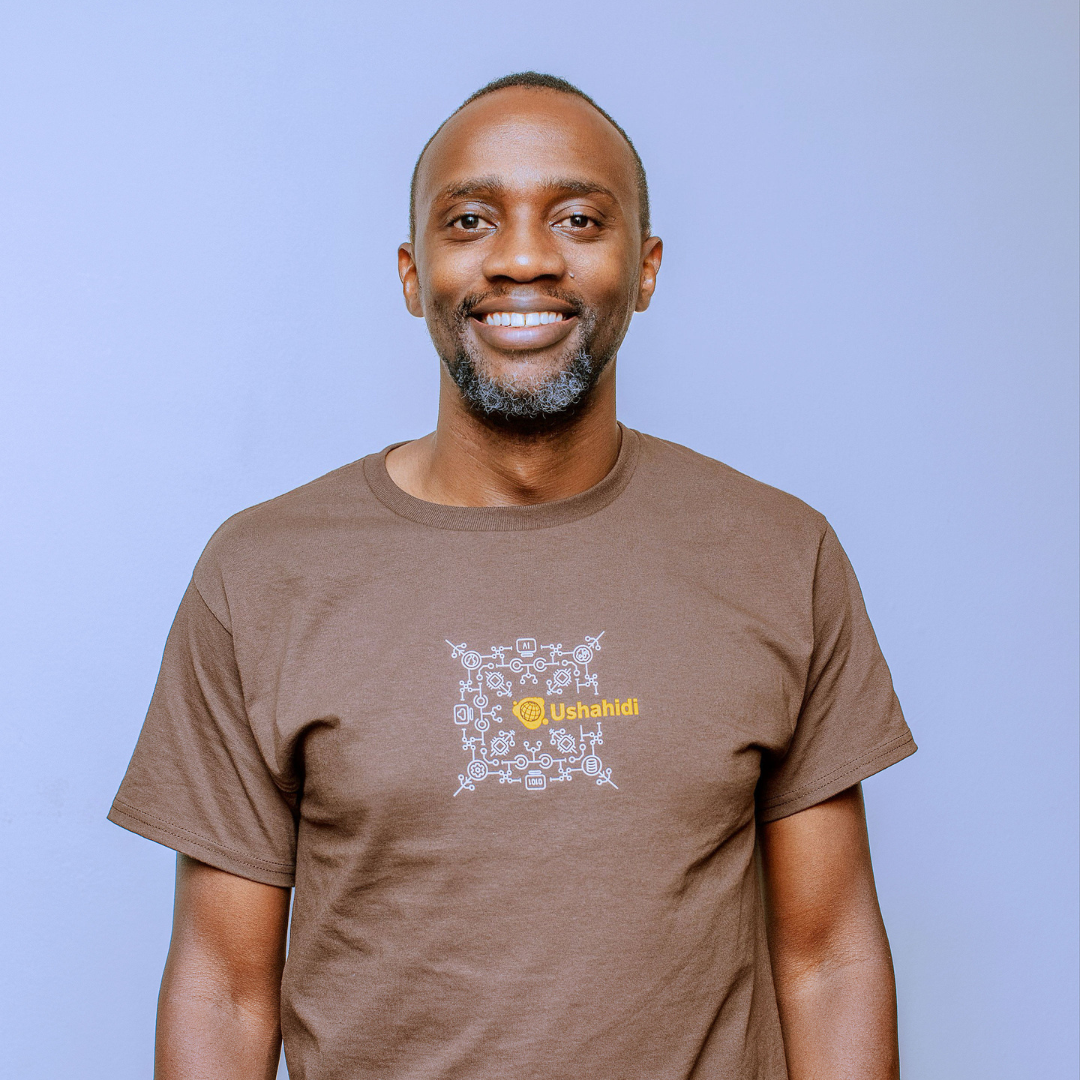Learning from COVID-19 Data Requests to Improve Platform Support for M&E

May 20, 2020

For most of us, being able to move about physically has been affected by the COVID-19 pandemic in one way or the other. Whether due to containment orders, lockdowns, curfews, office closures, or banning of gatherings - it is more than likely that most people have had to change their patterns of getting around. Our global headquarters in Nairobi, which in reality is a simple open-plan room that we fondly refer to as the “Batcave”, was closed early in March after the first confirmed case of the infection was reported in Kenya. As a remote-first organisation, while we have mostly been spared from having to make drastic changes to the way we work, we too have had to adapt.
In the development sector, the current reality is quite similar, especially so for practitioners whose work traditionally entails physical contact, a good example being for monitoring and evaluation professionals. Data collection processes that necessitated travel to meet with communities have been at best, severely curtailed. This restriction presents a risk to the most vulnerable populations, whose voices are in danger of being excluded because of the difficulties in reaching them. We, at Ushahidi, feel a responsibility to work on solutions that will bring these voices to the forefront. As such, we have been giving considerable thought on how to enable people working in M&E to continue their essential functions.
I recently attended a virtual roundtable that was hosted by Chatham House and co-convened with the Aga Khan Foundation, where organisations had the opportunity to talk about how they are adapting their research and monitoring and evaluation models in response to the pandemic. The session had an emphasis on the role of technology. Several interesting insights were shared, with one that particularly stood out for me was the need for highly responsive and flexible MEL support for programme teams.
We are in an active quest to learn and to make our tool even better suited to the needs of M&E practitioners. In this regard, we have been receiving feedback and requests over the last couple of months. These are some of the actions we are taking in response to those needs:
Improving support for structured responses
The most widely used data source remains the indefatigable SMS. The reasons why SMS is still so popular are many - it is simple to deploy and use, it is widely understood and is supported by all mobile phones without requiring an Internet connection. Finally, it is relatively cheap - or even toll-free. However, the short text format for sending messages to the platform often needs structuring for them to provide useful information l, an effort that becomes tedious when volumes are very high. One way to mitigate this is via USSD (Unstructured Supplementary Service Data). This standard, like SMS, can be used on all mobile phones. Its main advantage over SMS is that data structuring is built into the input process. However, the costs for USSD vary widely from country to country and range from slightly more expensive than SMS to many times the cost of SMS, leading many would-be deployers to consider other options. Some mobile aggregators like Africa’s Talking offer shared USSD codes that help bring down the prices. Nevertheless, they remain higher than the cost of SMS.
We are in the process of improving the platform’s support for USSD, extending the work that has already begun, as well as including support for IVR that we envision will make the task of collecting M&E data far easier.
Further considerations for marginalised communities
While SMS is still highly regarded, it does suffer from a severe limitation - it requires users to be literate. While modern mobile phones come with text-to-speech capabilities, this is still the preserve of more expensive models and is available only in specific languages. So as not to alienate populations, a voice-enabled service can be particularly useful, such as IVR (Interactive Voice Response). This service allows people with literacy challenges, or even a preference for voice over text, to participate. Feedback can be collected in the form of touch tones or recorded messages - though the latter will require further processing. This option can also be useful to persons suffering from visual impairments. However, IVR is still relatively expensive to set up and if additional services are required - such as transcription - then the cost is even higher.
Despite these advancements, as a tech company, we still face some challenges that we haven’t yet surmounted. A number of these exist, but a glaring example is how to reach people in communities that have no access to telecoms infrastructure, or where these are under the control of elements which exert undue influence over the communications in their areas of operation.
Even amid this current crisis, technology alone will not be the panacea and will still need to work hand in hand with other strategies on the ground. Nonetheless, with the most vulnerable populations continually being faced with the highest risks, it remains imperative we continue to make investments to ensure that we hear their voices.